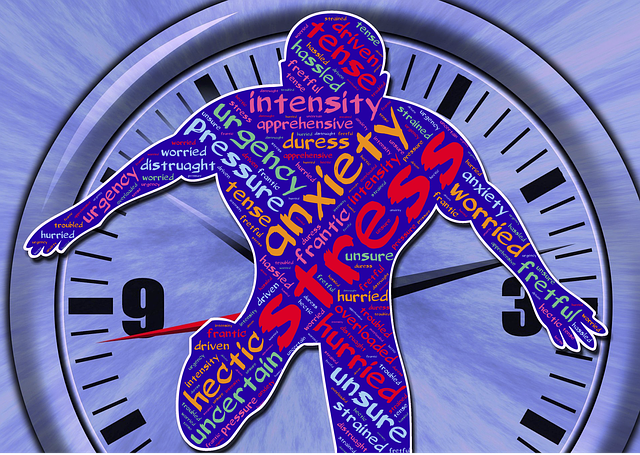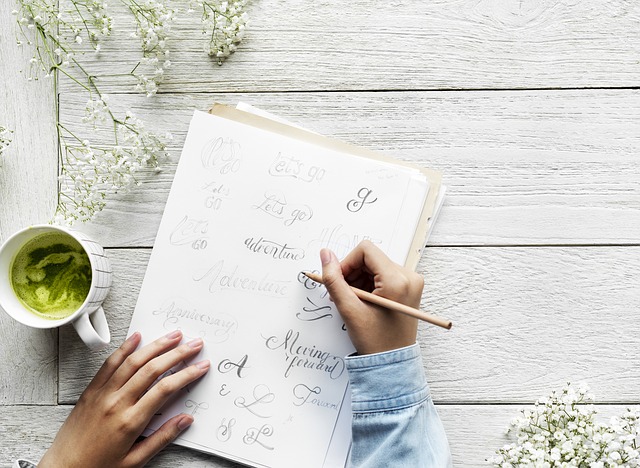Presenters at the Anxiety Super Conference reinforced the view that adverse childhood experiences provided the foundation for anxiety in later life. The early childhood experiences could involve sexual and/or physical abuse, psychological control, cruelty, demeaning words and actions or any other form of adversity that undermines a child’s self-esteem, sense of self-worth and security. The effects of adverse childhood experiences are long-lasting, sometimes a whole lifetime. I find it amazing that in my seventies, I am still anxious in confined spaces, especially lifts. I track this anxiety back to 18 months of confinement in an orphanage when I was 4 years old and separated in the complex from my younger sister.
We are told that there is wisdom in anxiety and it can be good for us, e.g. warning us about an unhealthy situation, either self-generated or other-generated. It can also be useful when it activates focus and energy when pursuing our goals, whether at work, in sport or in our homes. Anxiety is counterproductive when it undermines our confidence or causes us to freeze, dissociate or engage in destructive, addictive habits. However, the path to overcoming debilitating anxiety does not lie in avoidance or denial, but in truly facing up to anxiety and related fears. The presenters at the Anxiety Super Conference provided ways to overcome anxiety, many of them embedded in the body, such as Restorative Yoga offered by Adelene Cheong.
Anxiety Loops
Amber Benziger, who spoke at the Anxiety Super Conference, provides a short video on the nature of anxiety loops that potentially generate escalating fear. She suggests that experiences like the pandemic can intensify uncertainty around day-to-day activities like getting the children to school, retaining a job or maintaining physical and mental health. The uncertainty can provoke anxiety about how to handle the resultant disruption and disconnect with established routines. This, in turn, can lead to physical manifestations of heightened anxiety such as increased heartrate, headaches, or pain in the arms , legs, neck or back (through tightened muscles and constriction of blood flow). The physical symptoms can activate negative thoughts such as, “Why haven’t I prepared for this?” “I am not a good parent/spouse/colleague”, “Why can’t I cope with this disturbance when other people seem to be coping?. Amber suggests that, over time, the uncomfortable feelings intensify, negative thoughts become reactionary and excessive and anxiety can be experienced as a panic attack or burnout.
Breaking the anxiety loop
Amber’s suggestion to break the anxiety loop is to first validate the true nature of the external stimulus, e.g. acknowledge that it is a global pandemic and certainly a challenging time that is causing uncertainty and worry for many people. Then, asking yourself a number of questions relating to control (which appears to be the thing we experience as most under attack), e.g. “What can I actually control?, “What is in my power to do now to prepare, protect and provide for myself and others?” She encourages us to check in to our bodily sensations via processes such as a body scan and progressive releasing of tension. At the same time, she encourages us to challenge our negative thoughts and underpinning assumptions. Amber asserts that in the final analysis, “feelings are not facts!” and we should question why these feelings are arising – just as Jon Kabat-Zinn asserts, “We are not our thoughts!” and we should use diffusion strategies to minimise their impact.
Amber is the creator of The Anxiety Lab which is a membership site for women who want to overcome anxiety and restore control in their lives. Besides social support provided by members, Amber offers resources and workshops to enable participants to develop mechanisms for coping with anxiety. As a trained counsellor and clinical therapist, she also offers counselling for individuals and families as well as group therapy and teletherapy.
Anxiety can be compounded when we take on new roles such as that of a leader in a community organisation or a manager in a commercial enterprise. Our inability to cope with anxiety can be more public and open to scrutiny in these roles and environments.
Managerial anxiety
Managers can be anxious about the decisions they make, their impact on the welfare of staff, their ability to properly represent the organisation and its goals, their capacity to observe legislative requirements or meet any of the multitude other demands of a manager in this day and age (including coping with new technologies and industry discontinuities). Managers can be concerned about how they are viewed by their hierarchy, their staff, their colleagues or their clients. They can be anxious about meeting targets, avoiding budget overruns or achieving the required organisational growth. Managers, whether executives or managers lower in the organisation, can be captured by expectations, those of others as well as their own unrealistic expectations arising from a perfectionist tendency. This anxiety can lead to overwork and an inability to create boundaries between work and home (particularly in these days of hybrid work).
During the Anxiety Super Conference, Moira Aarons-Mele raised the issue of leadership anxiety and explained that it is different for every person. She stated that because of our nature as “human relational creatures”, we worry about how we are viewed by others, “ping” off others’ anxiety and take on others’ urgencies. She maintained that this anxiety-related behaviour is aggravated both by email (where we worry about the communications we initiate and our response to others’ communications) and online meetings. Meetings via platforms such as Zoom, can be draining not only because of the level of concentration required but also the fact that we are “performing under lights”. Moira suggests that the “energetic output” required for a series of Zoom sessions is excessive and in a TED Talk, she offers 3 steps to stop remote work burnout.
Moira self-identifies as “an extremely anxious overachiever” who is working to bring some normality to her life. In pursuit of this purpose, she created The Anxious Achiever Podcast – a series of podcasts in which she interviews experts in the field of anxiety management including those who propose writing as therapy, adoption of Acceptance and Commitment (ACT) therapy and dealing with the “imposter syndrome”. One of her interviewees, journalist Priska Neely, explains why managing is the hardest job she ever had.
Overcoming managerial anxiety
Moira offers a number of ways to overcome managerial anxiety. She suggests that one of the first steps for a manager is letting go – stop micromanaging and empower others through mindful delegation. Associated with this, is the need to adopt healthy work habits that become new norms by way of modelling desired behaviour. Sometimes this involves changing the expectations of staff that have arisen as a result of the previous behaviour of the manager, e.g. arriving early and leaving late.
Moira also recommends talking about the work situation and the stressors involved and working collaboratively with staff to develop ways to cope effectively – e.g. introducing a wellness program or a morning exercise routine. This self-care and other-care approach could involve checking in on oneself as well as staff experiencing distress. Moira also strongly recommends setting boundaries , both at work and at home, ensuring there is a clear divide between work life and home life (avoiding endless spill over, a trap for the unwary when working from home). Moira, like Ginny Whitelaw, encourages movement and bodily awareness to enable leaders to let go of tension – otherwise, their tension contaminates the mood of everyone else they come into contact with (bosses, colleagues and staff).
Reflection
There are many paths to overcoming the anxiety that negatively impacts our health, productivity and overall well-being. We have to start, and persist with, the journey into our inner landscape. This can be a lifetime pursuit but the rewards are great as we begin to break free of expectations and the other ties that bind us. As Janine Mikosza writes in her novel, Homesickness: A Memoir, “your past doesn’t have to be your future”.
If we adopt mindfulness practices such as Tai Chi, yoga or meditation, we can find that over time as we grow in mindfulness we begin to develop heightened self-awareness, the courage to change, the creativity to develop new ways of being-in-the-world and the resilience to maintain the journey. In the process, we will positively impact others whom we interact with at work, at home or during our everyday endeavours (such as sports or social events).
__________________________________
Image by John Hain from Pixabay
By Ron Passfield – Copyright (Creative Commons license, Attribution–Non Commercial–No Derivatives)
Disclosure: If you purchase a product through this site, I may earn a commission which will help to pay for the site, the associated Meetup group, and the resources to support the blog.



